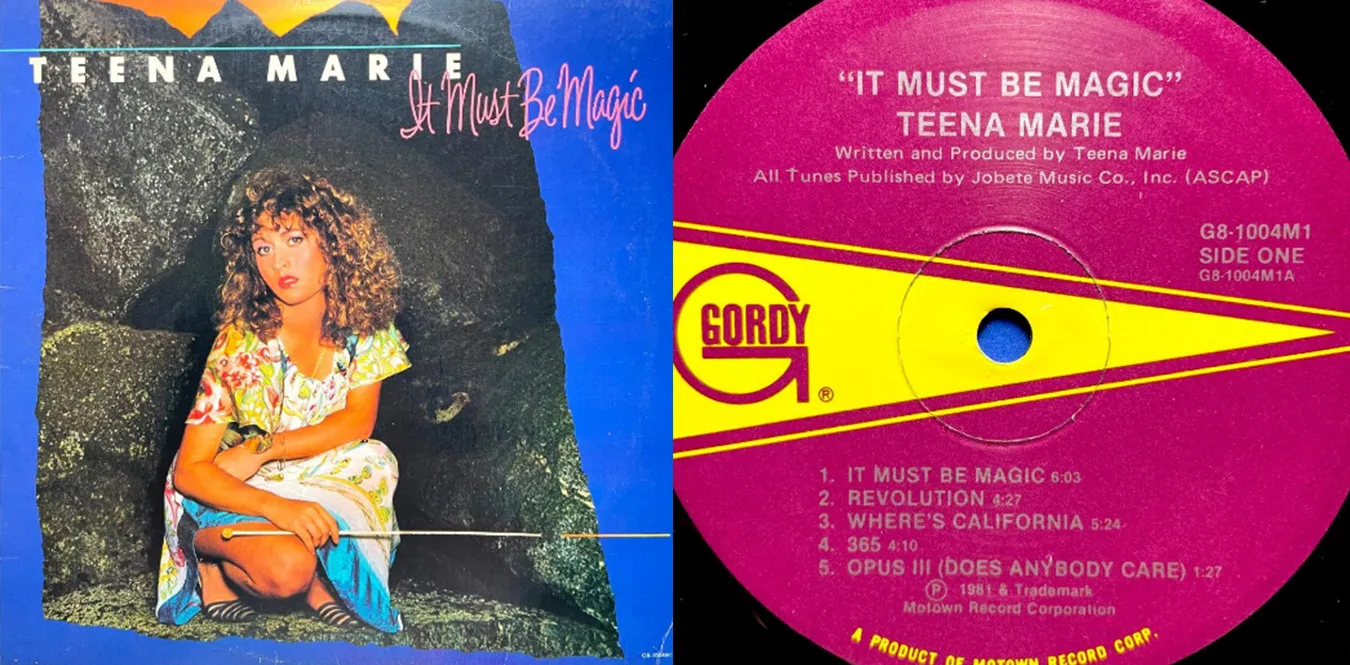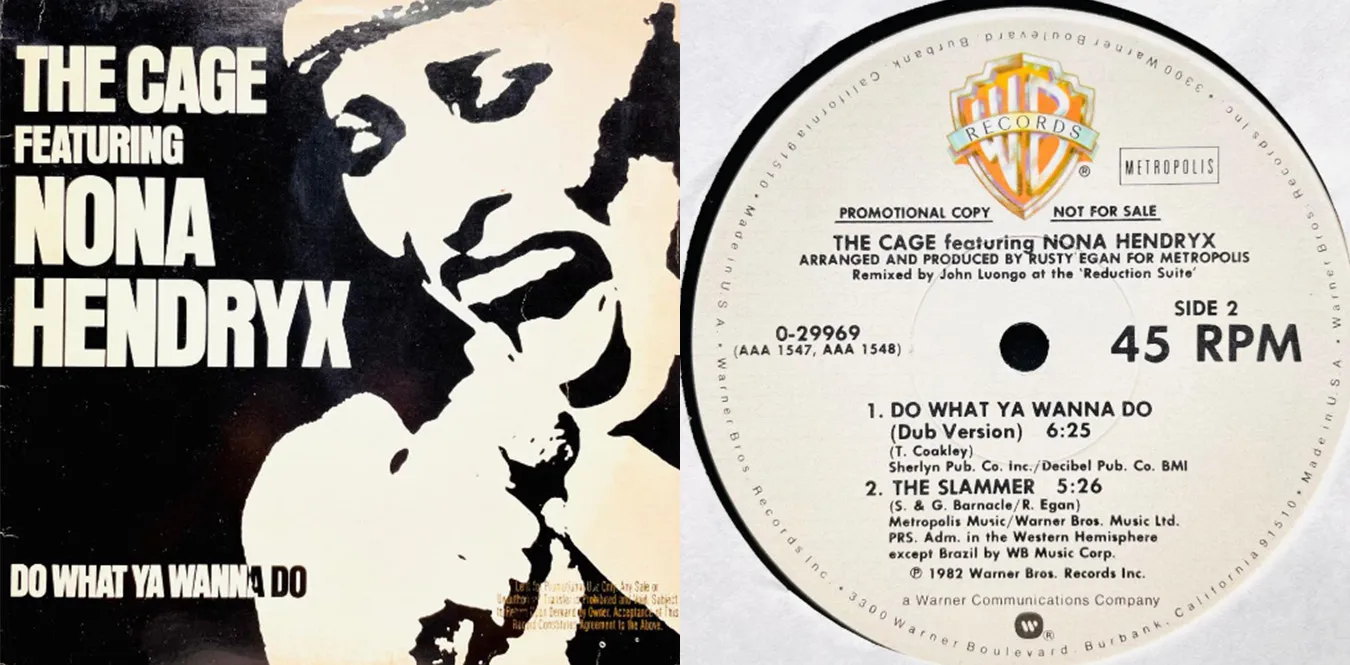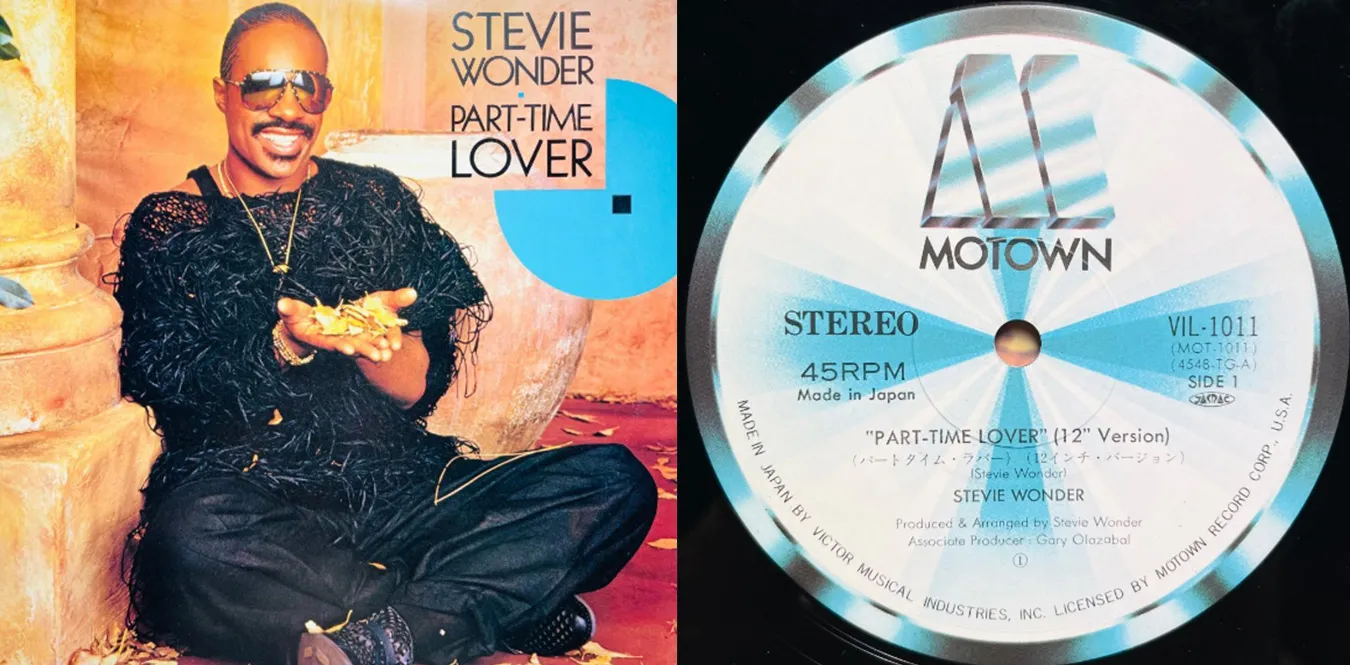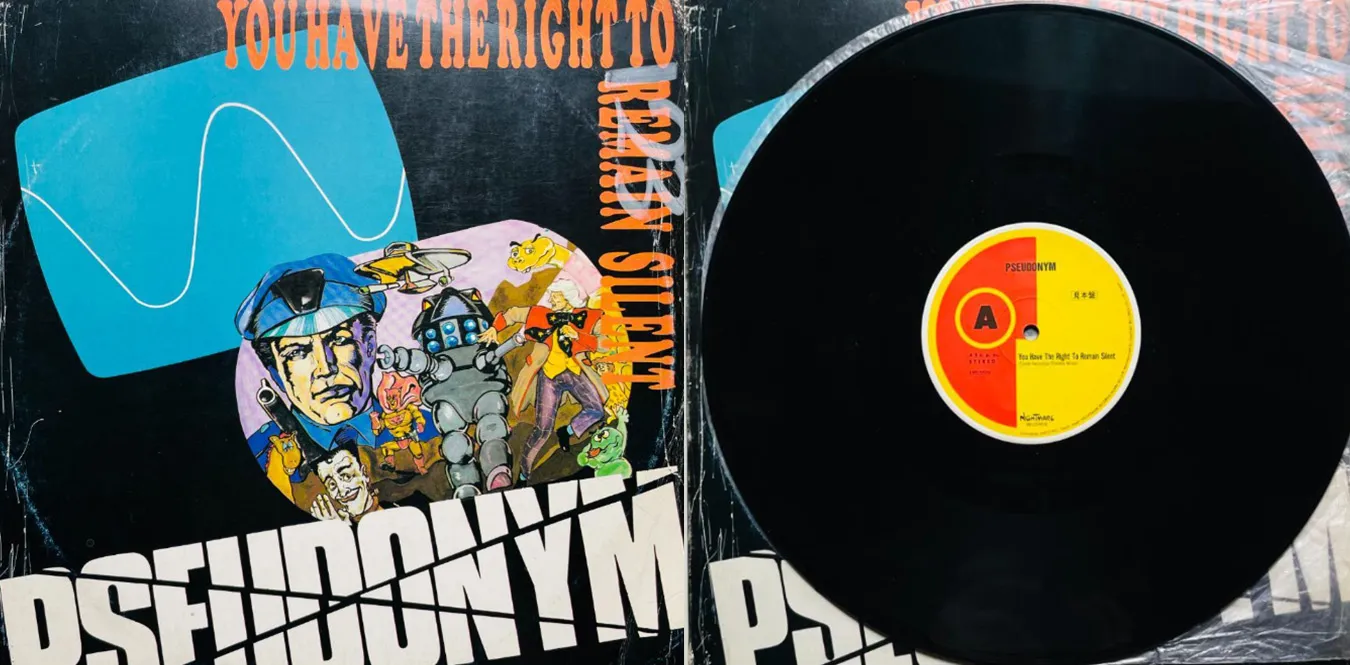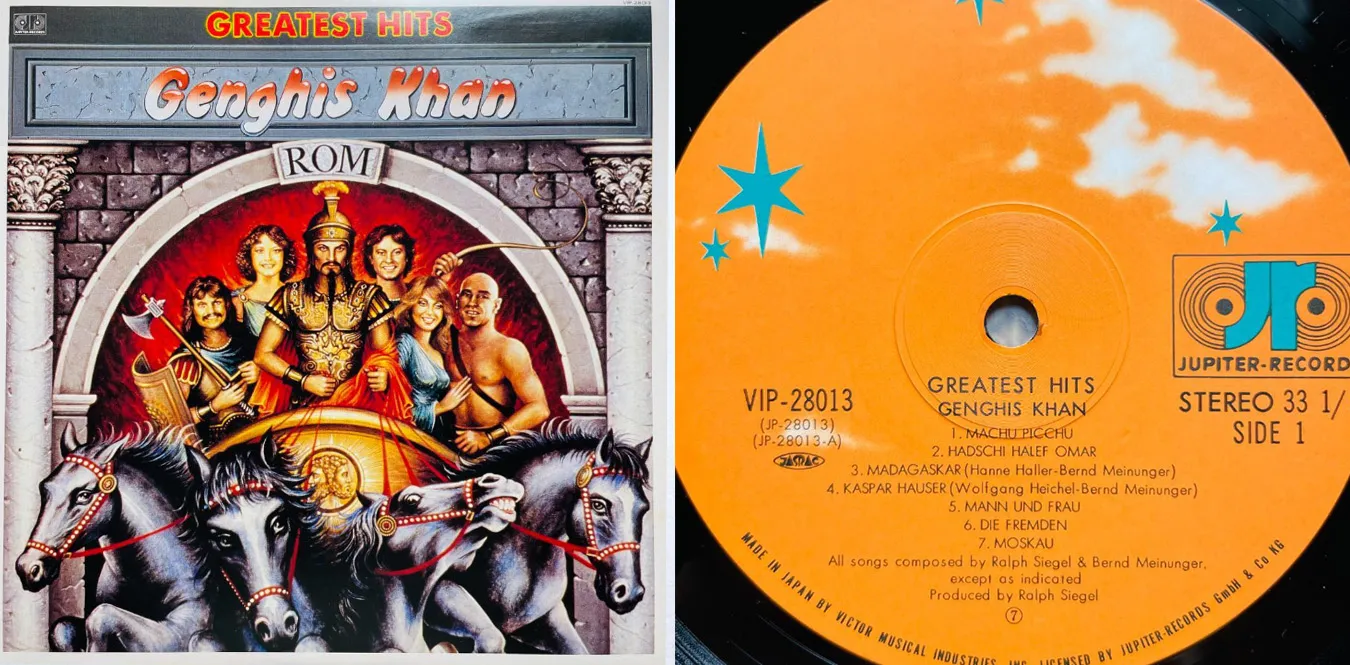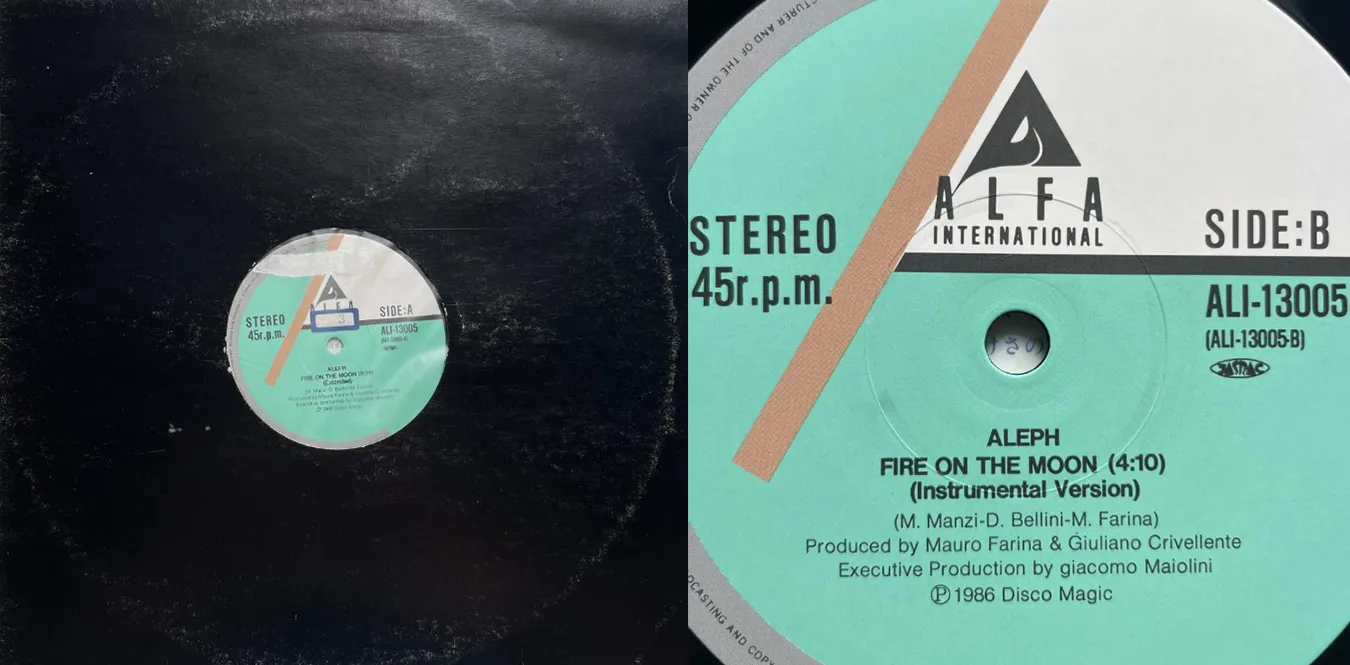[Column] Vijaya Anand and "Dance Raja Dance" — South Indian film music as carnival
Column en 80s Cinema Disco Film![[Column] Vijaya Anand and](/../assets/images/column-dance-raja-dance.webp)
Prologue: The beat revolution of South India in the late 1980s
| Text: mmr | Theme: At the end of the 1980s, urban culture in southern India exploded with disco. Vijaya Anand”s “Dance Raja Dance’ is about the sound and visual carnival of Karnataka. |
In the late 1980s, the Indian film industry was in the midst of change. Mumbai’s Hindi cinema (Bollywood) was at a turning point before A.R. Rehman, and a new sound was needed. Meanwhile, in the Kannada film industry (Sandalwood), Vijaya Anand was experimenting with pioneering musical innovations.
Released in 1987, Dance Raja Dance was more than just an entertaining film. It was the intersection of South Indian sensibilities and global disco culture, and was the “sound of the future” for young people in regional cities.
Chapter 1: The phenomenon of Vijaya Anand
Vijaya Anand (real name: S. V. Krishna Reddy) started his career as a film music composer in the early 1980s. Although he was under the influence of Ilaiyaraaja, who was an overwhelming presence at the time, he stood out in that he aimed for a more urban/electronic sound.
The characteristics of his music can be summarized in the following three points:
- Introduction to Western Disco — Synth bassline inspired by the rhythmic structure of Giorgio Moroder and Van McCoy.
- Fusion with traditional Indian scales — Reconstructing Karnataka music raga on 4/4 beat.
- Integration with cinematic production — The music was not just an insert song, but functioned as the ““engine’’ of the production.
"”Dance Raja Dance’’ is the most sophisticated crystallization of these elements.
Chapter 2: The incident called “Dance Raja Dance” (1987)
The film was the culmination of a musical-action-romance that brought together the stars of the time: director D. Rajendra Babu, lead actor Vishnuvardhan, and actress Khushbu.
Story summary
A young man named Raja (Vishnuvardhan) lives as a dancer in a downtown area, but gains national popularity after participating in a television dance contest. After going through betrayal, love, and family secrets, they finally express their ““own roots’’ through dance, a moving story.
The plot is simple, but what is noteworthy is the integration of the production and music. The title song ““Dance Raja Dance’’ is said to be the first song in Indian film history to combine electronic drums and Kannada rap.
Chapter 3: “Disco” phenomenon in India in the 1980s
After the success of ““Disco Dancer” (1982, Hindi) and ““Ilamai Oonjal Aadukirathu” (1978, Tamil), disco culture spread across India as a symbol of ““dance = freedom.’’
In South India, this trend took on a unique variation. While Mumbai’s discotheques depicted an ““urban dream”, discotheques in Kannada films were an expression of ““regional pride”.
Vijaya Anand’s music bridges rural and urban rhythms by fusing electronics with folk percussion instruments (thaviru, dhol, nadaswaram). This “hybridity” is the core of South Indian music.
Chapter 4: Video production and dance choreography
The dance scenes in ““Dance Raja Dance”’ were so ingenious that they exceeded the limits of Indian film technology at the time. Making full use of lighting, smoke, and mirror effects, a video art composition that looks like it”s aimed at the MTV generation is developed.
The choreographer was Mugur Sundar (later the father of famous dance master Prabhu Deva), who was up-and-coming at the time. While he referenced steps from Hollywood movies, he boldly mixed in elements of Bharatanatyam hand gestures (mudras) and folk dance. This “South Indian MTV feel” was later inherited by A.R. Rehman and Harris Jayaraj.
Chapter 5: Changes in social background and audience demographics
In the late 1980s, southern India was experiencing a period of expansion of television culture, along with a wave of urbanization. It was a time when the state broadcaster Doordarshan opened up to commercial broadcasting, and young people from rural areas dreamed of becoming stars.
The setting in which the main character of ““Dance Raja Dance’’, Raja, becomes famous through a TV show truly symbolizes the germination of neoliberal values. Overcoming the constraints of work, class, and family and achieving success through talent and hard work—this can be called the ““Indian version of the American Dream.’’
Chapter 6: Soundtrack Analysis
| Song title | Singer | Features | Notes |
|---|---|---|---|
| Dance Raja Dance | S.P. Balasubrahmanyam | Electronic drum + folk rhythm | Opening theme |
| Prema Prema | S. Janaki | Synth pad + raga melody | Romantic scene |
| Ninna Preetige | Mano, Vani Jairam | Call and Response Structure | Used in Contest Situations |
| Finale Medley | Various | Reprise composition of all songs | Dance final scene |
It has been confirmed that these songs were created using cutting-edge equipment at the time, such as FM synth (Yamaha DX7) and Roland TR-707. In particular, the rising brass synth sound heard in the intro of ““Dance Raja Dance’’ reminds me of the textures of Moroder and Depeche Mode.
Chapter Seven: Legacy of Vijaya Anand
Vijaya Anand has composed scores for many films since the 1990s, but few have been as innovative as Dance Raja Dance. However, his music gave younger music directors the perspective of ““movies as a testing ground for popular music.’’
A.R. Rehman’s early works Roja (1992) and the foundations of urban soundtracks such as Gentleman (1993) are clearly an extension of the experiments of Vijaya Anand and Bappi Lahiri.
Chapter 8: Cultural Impact and Reappraisal
In the 21st century, ““Dance Raja Dance’’ is being reevaluated through YouTube and Spotify. The images and music of that time are not “kitsch” but are being reinterpreted as South Indian Futurism.
For young Kannada-speaking people, this is not just nostalgia, but a starting point for cultural self-expression that moves from the local to the global.
Chronology: Vijaya Anand and trends in South Indian music
Background of the times
-
Mid-1980s: Expansion of youth culture in urban areas of southern India, popularization of television and video, influence of disco/club music
-
Kannada/Bangalore area: budding IT industry development, accelerating urbanization speed
-
Film industry: Innovation in production technology and production methods, signs of globalization of music, choreography, and video production
-
Music: Introduction of synthesizers/drum machines/electronic sound, increasing number of songs aimed at young people
Conclusion: The beat blew from the south
When ““Dance Raja Dance’’ was created in 1987, India had not yet experienced economic liberalization. However, the ““breath of liberation’’ was already resounding within the rhythm of music and dance.
Vijaya Anand’s achievement lies in the use of music as a harbinger of social change. His disco beats were not just entertainment, but a declaration for South India to dance its own cultural future.

![[Column] Apocalypse of images and sounds:](/../assets/images/column-koyaanisqatsi.webp)
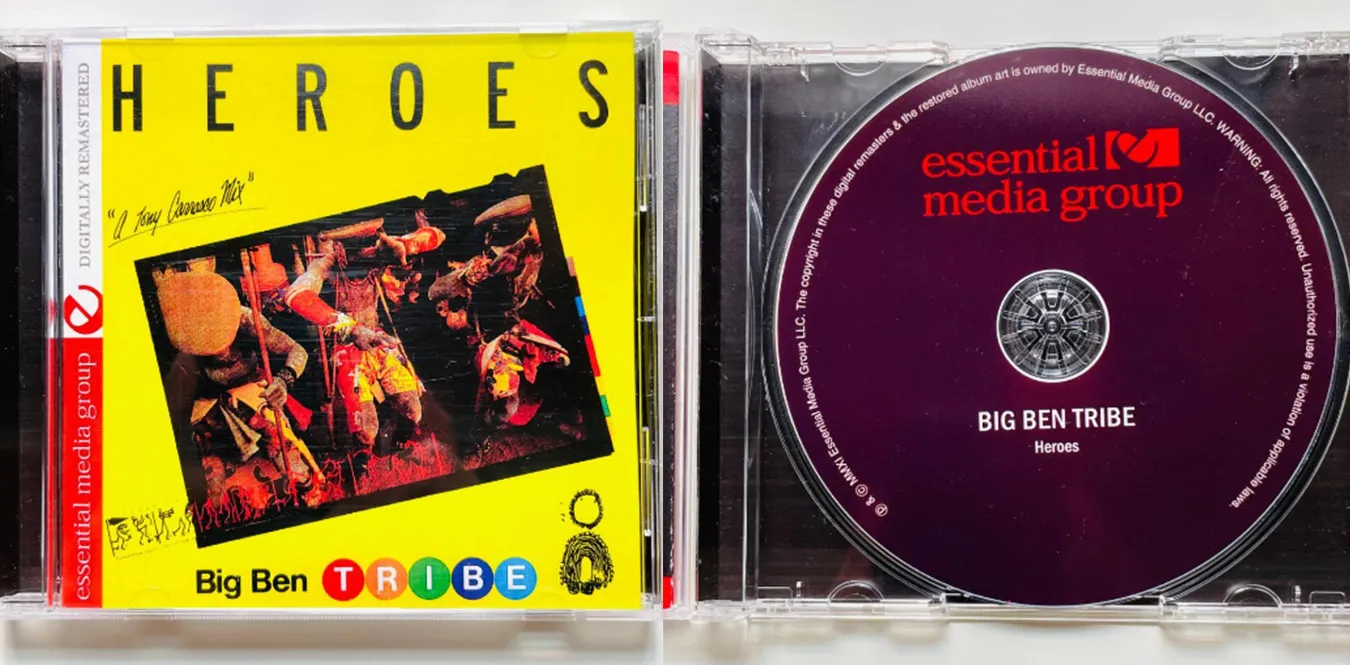
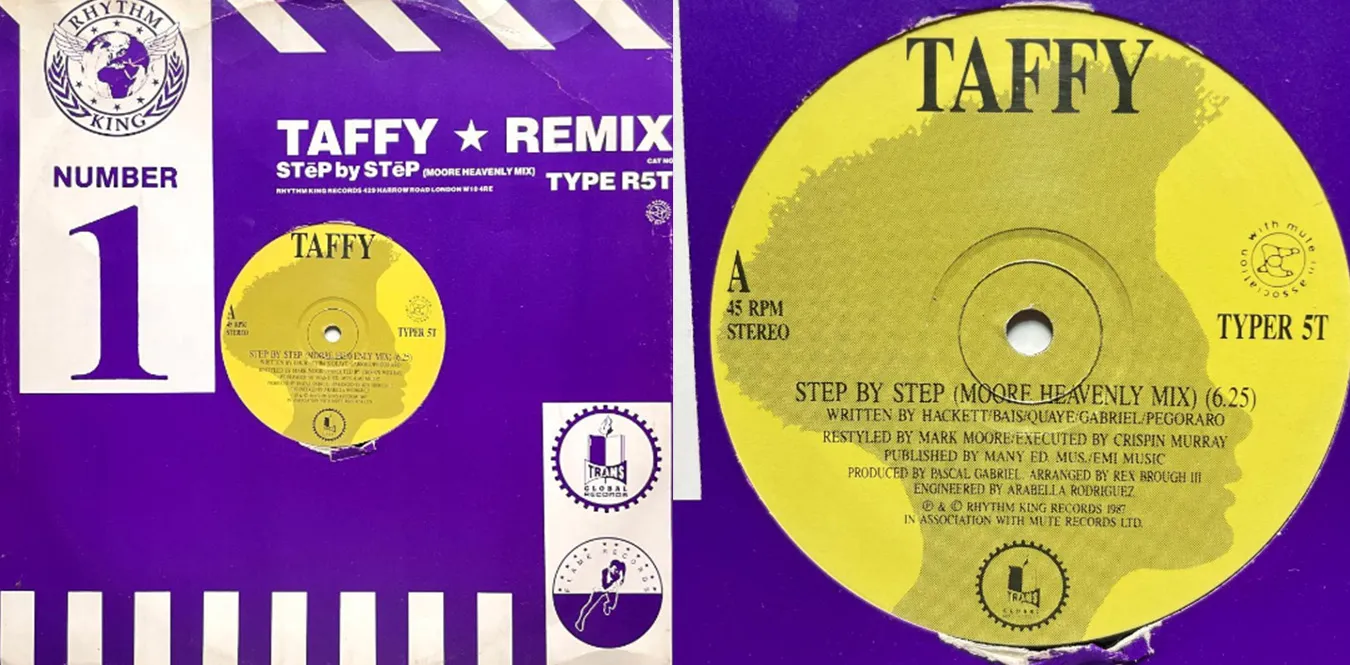
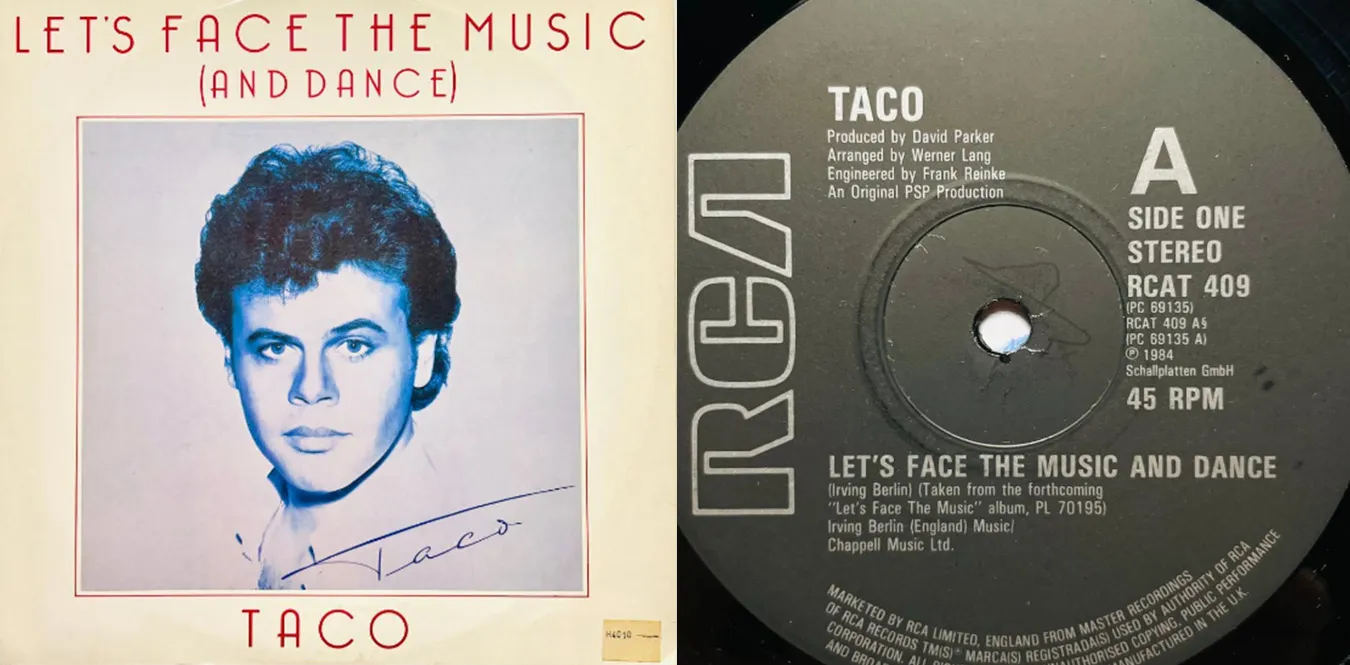
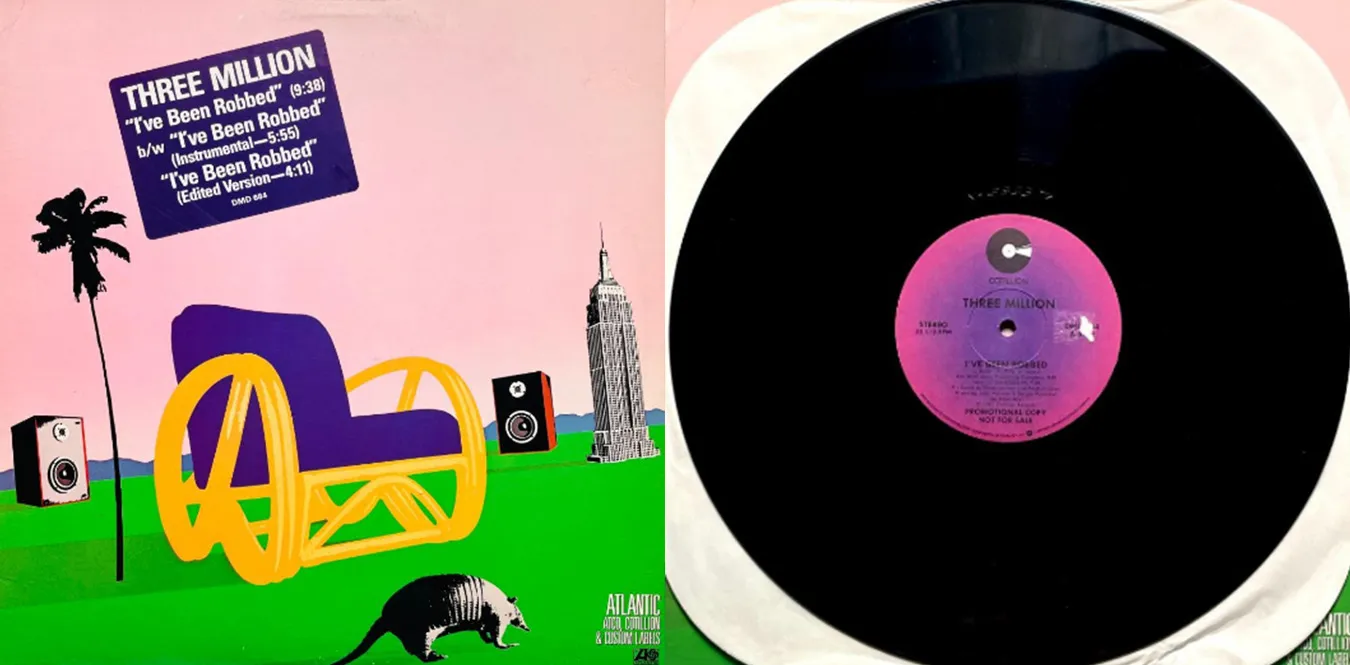
![[Column] From the intersection of disco and Japanese culture to the present — history, masterpieces, equipment, club culture](/../assets/images/column-disco-japan.webp)
